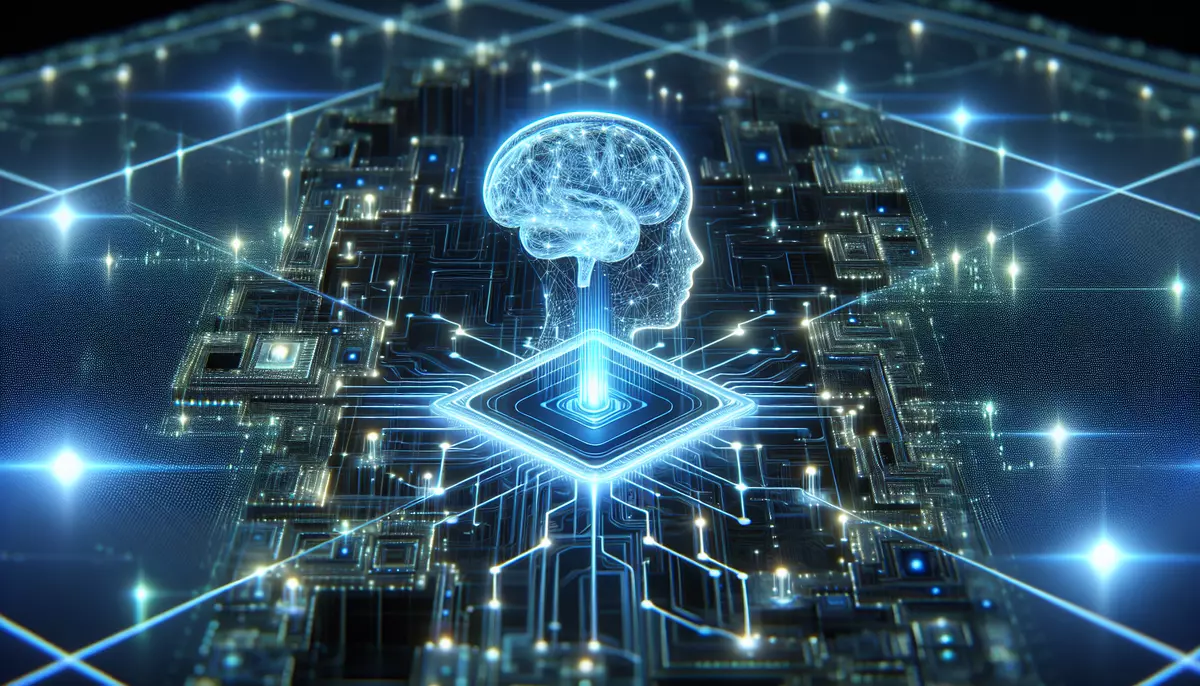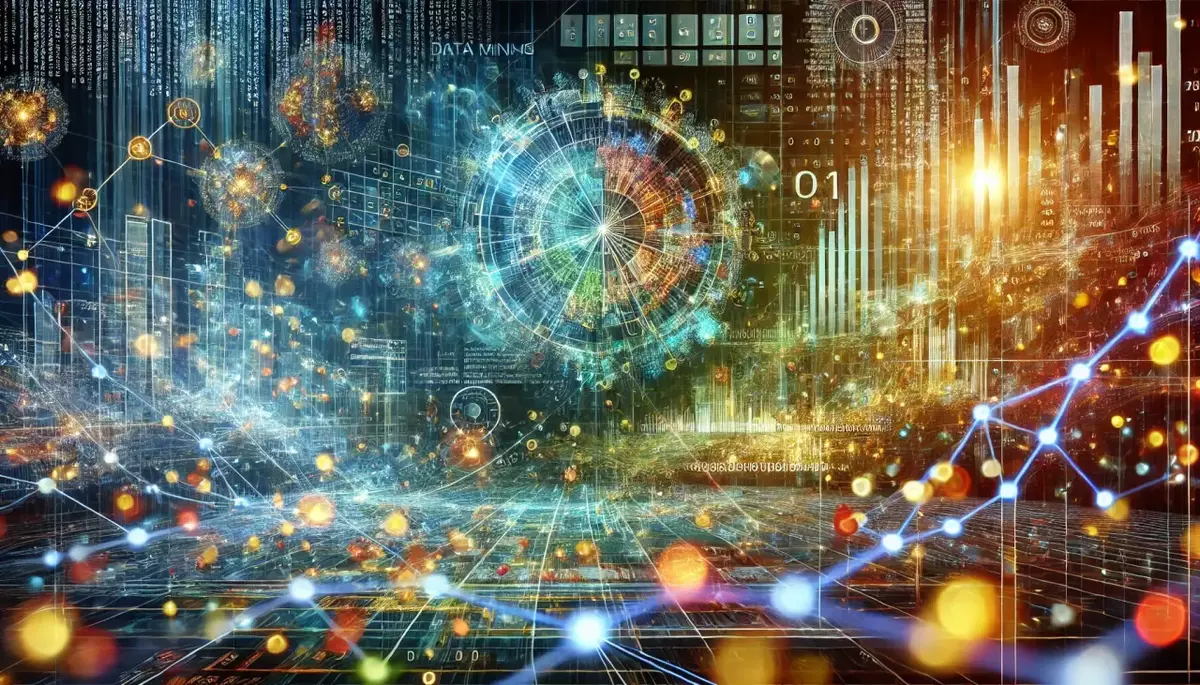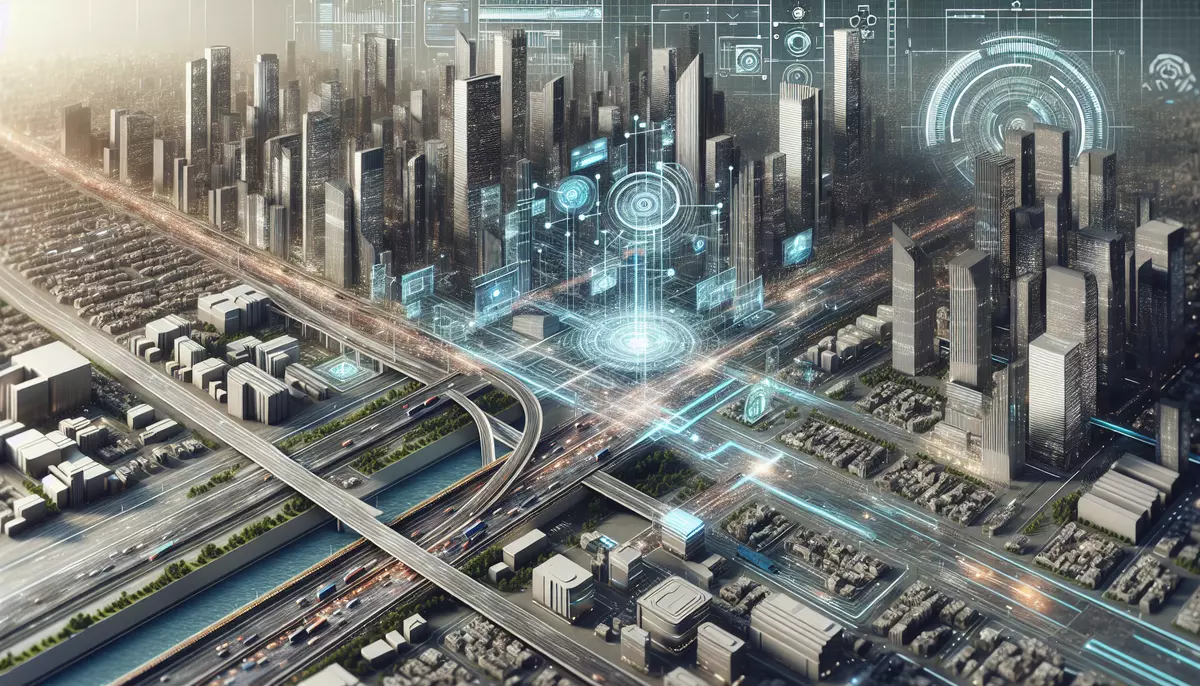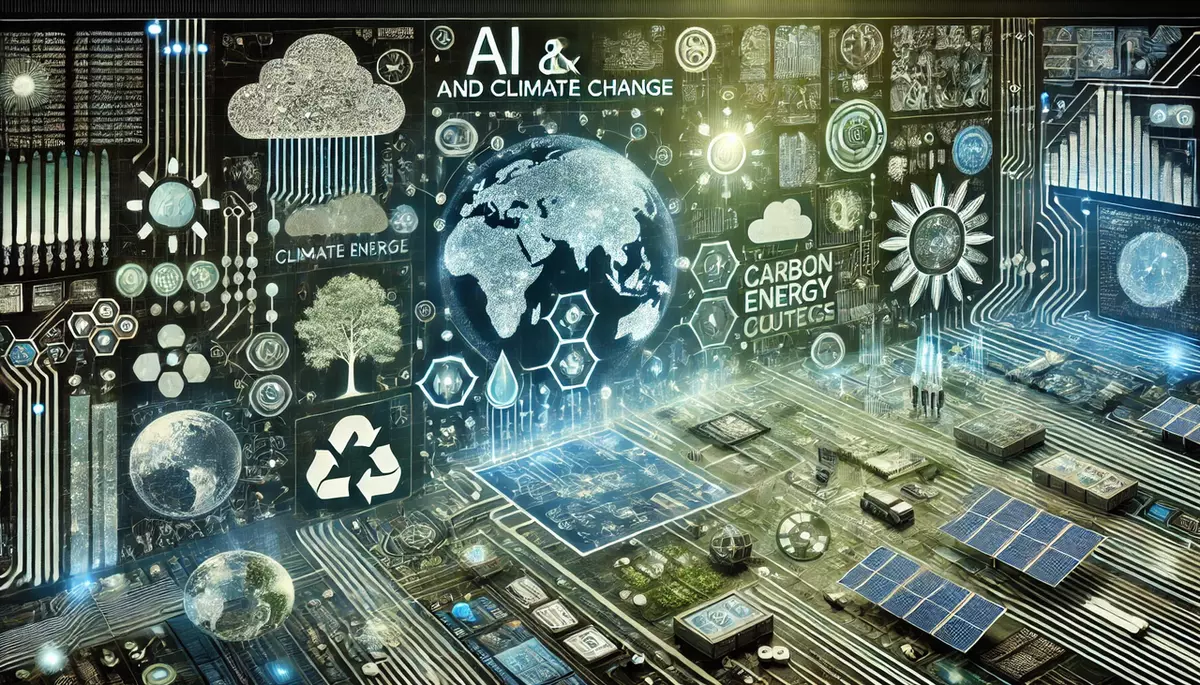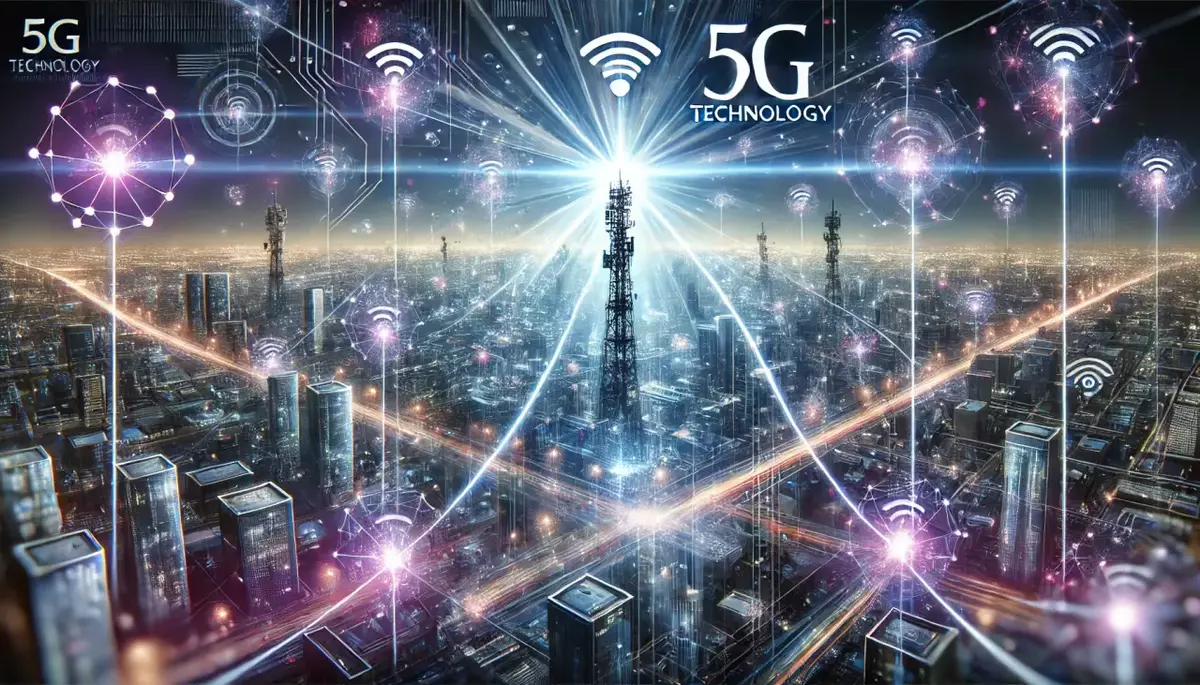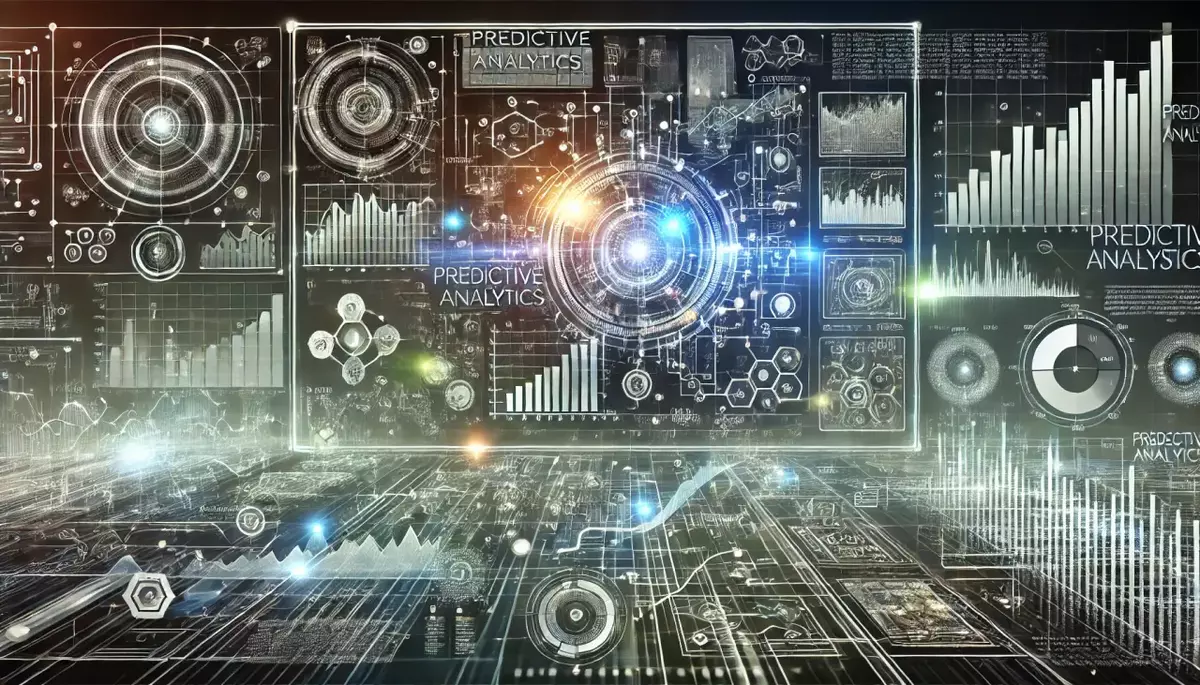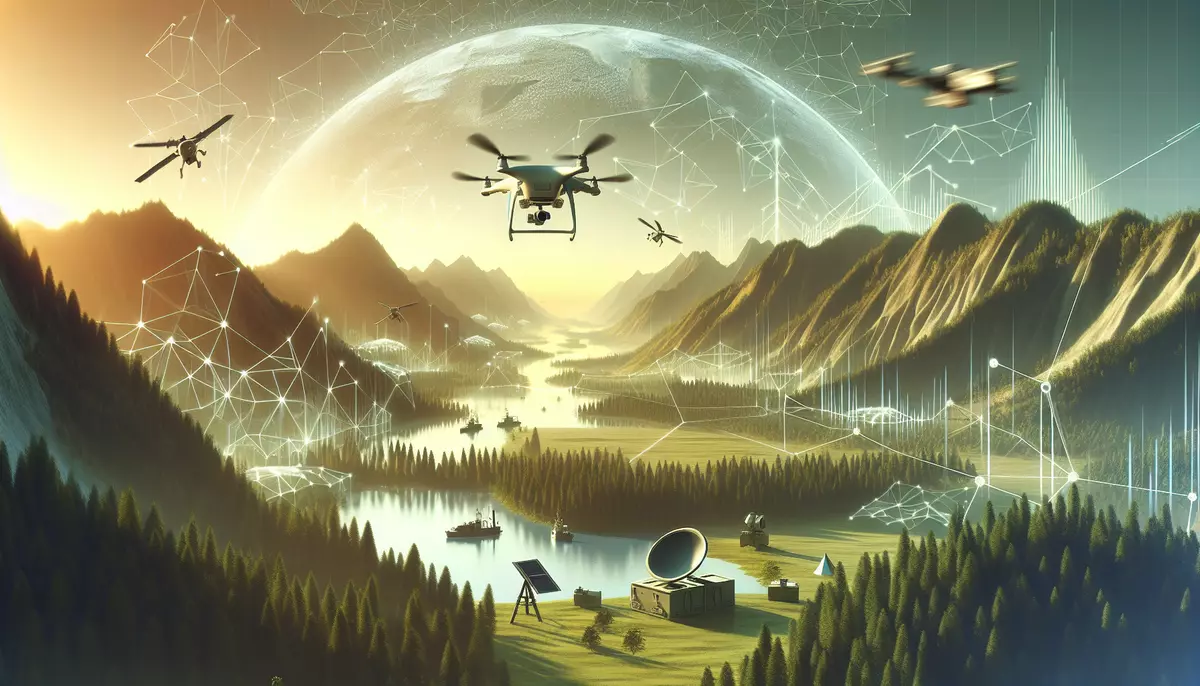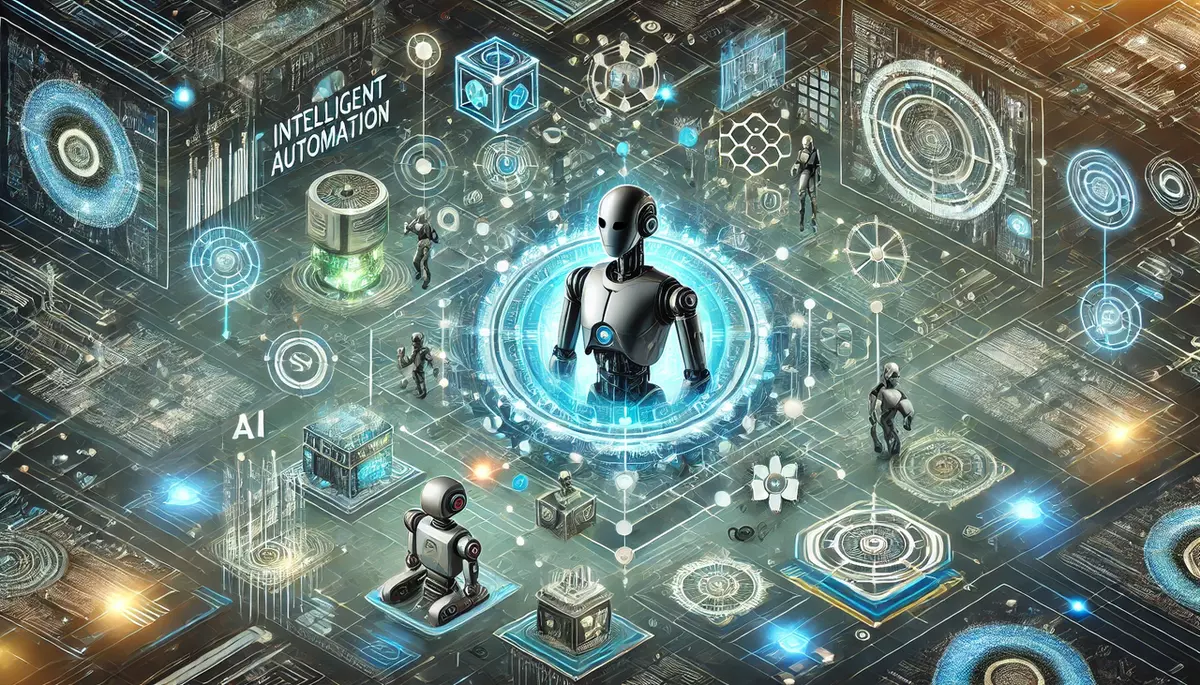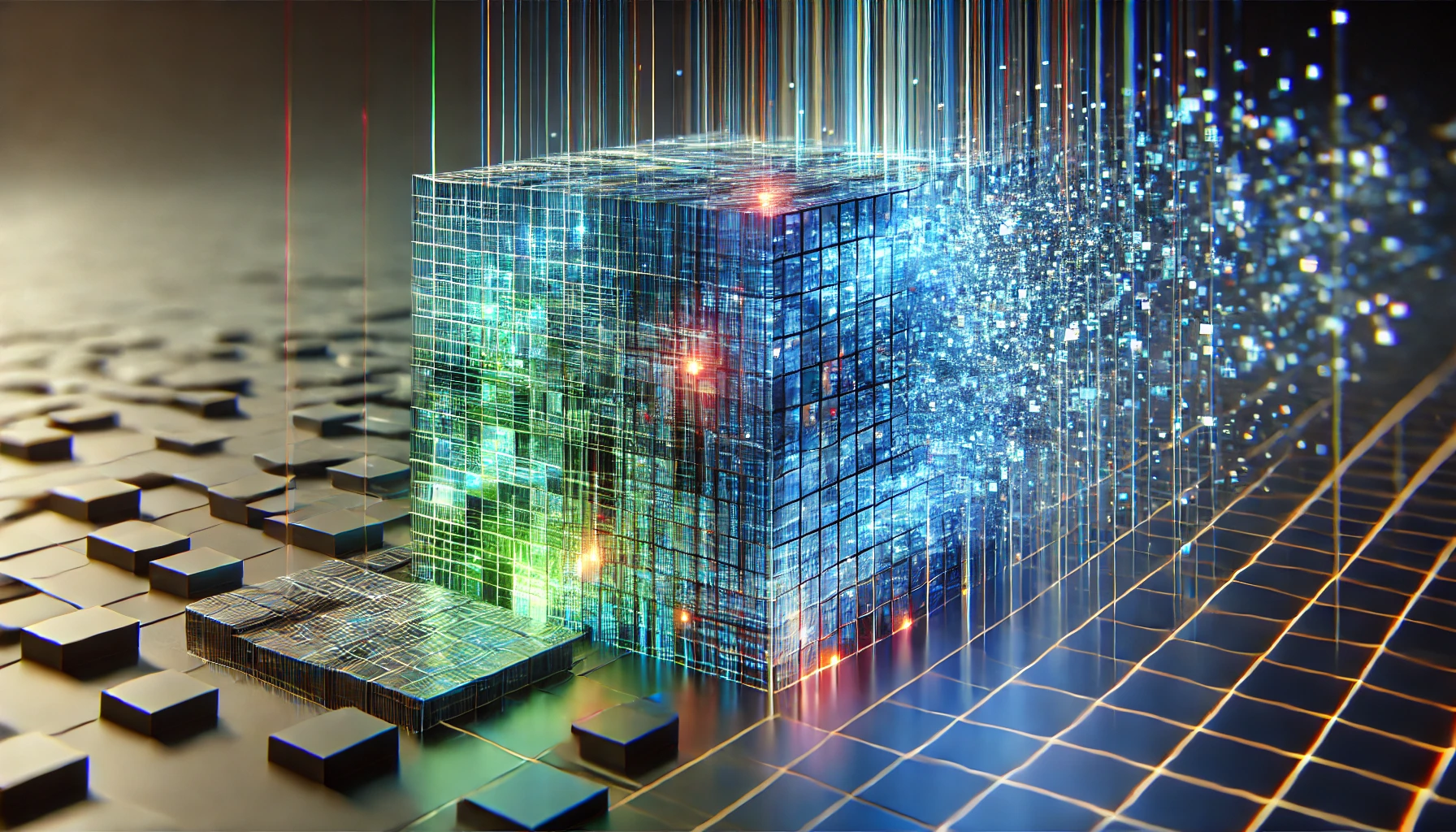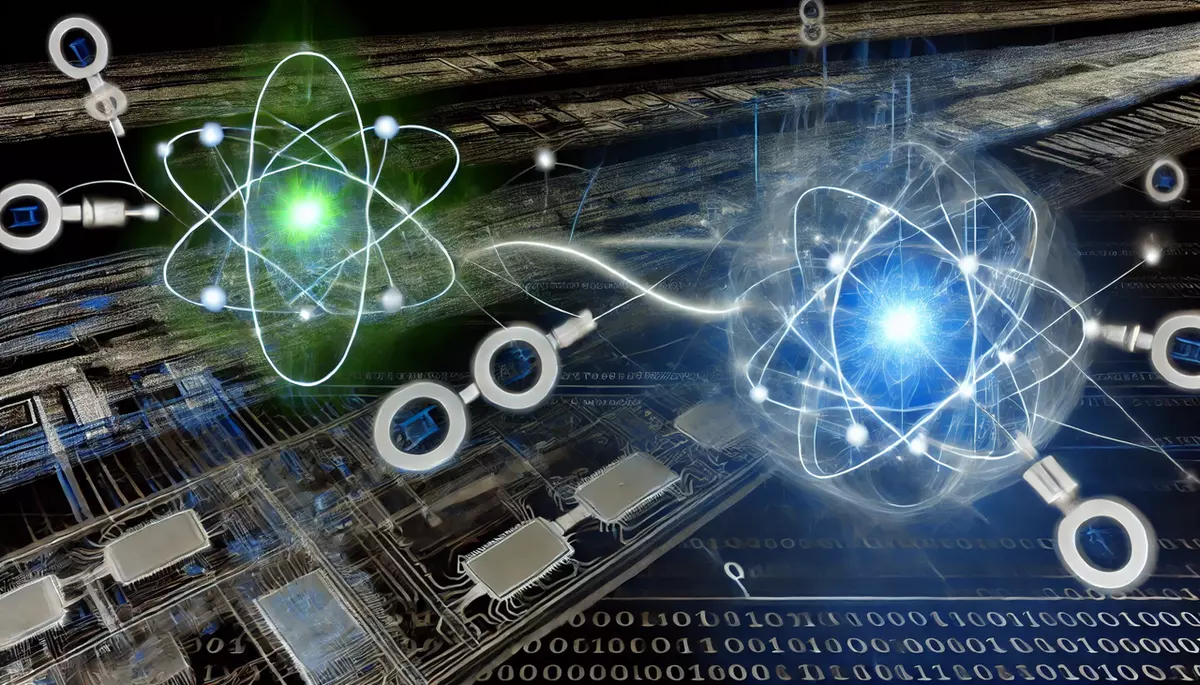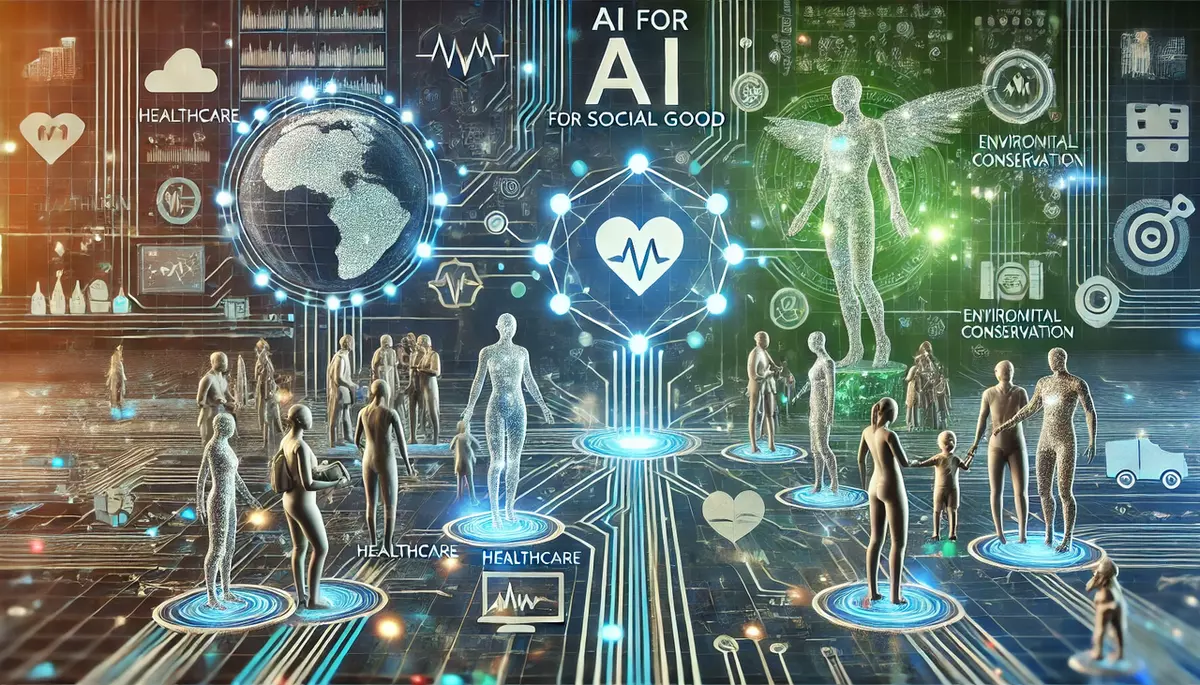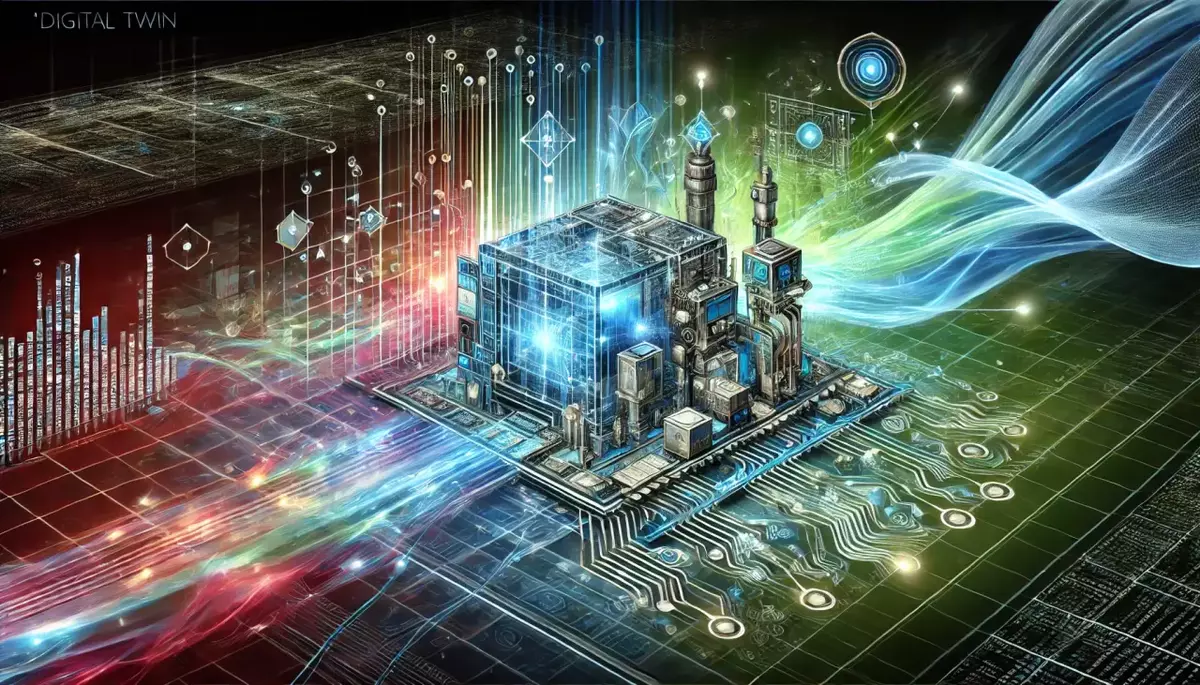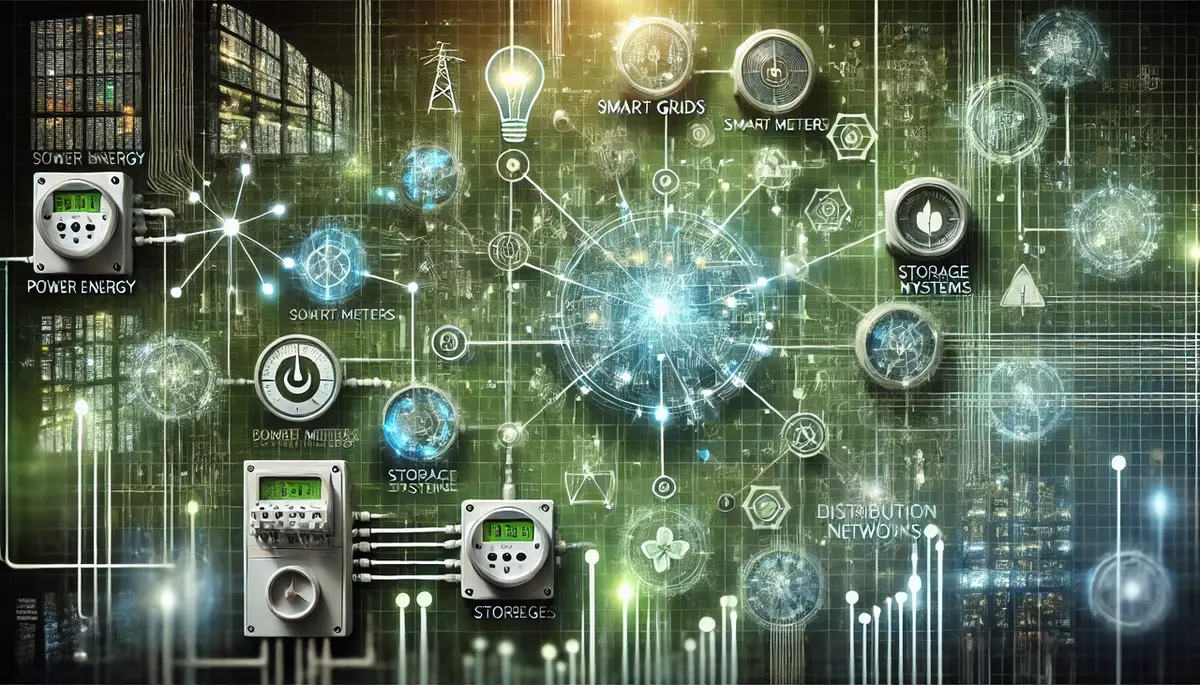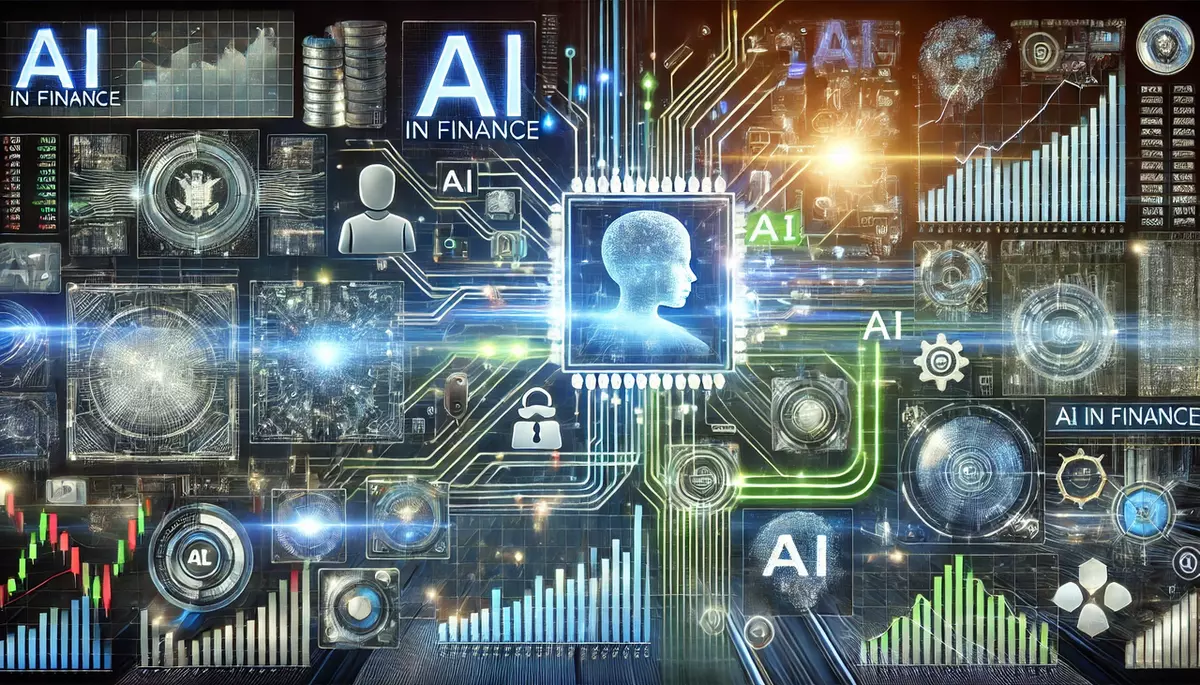Introduction
The integration of Artificial Intelligence (AI) into smart grid management has emerged as a transformative approach to enhancing the efficiency, reliability, and sustainability of modern power systems. This knowledge base article explores the role of AI in optimizing various aspects of smart grid operations, from energy forecasting and demand response to grid resilience and asset management.
What is AI in Smart Grid Management?
AI-powered smart grid management leverages advanced machine learning algorithms, data analytics, and intelligent decision-making to streamline the operation and control of electrical power grids. By harnessing the power of AI, grid operators can make more informed decisions, automate critical processes, and adapt to the dynamic nature of energy supply and demand.
Key Applications of AI in Smart Grid Management:
- Load Forecasting: AI models can analyze historical data and real-time information to accurately predict energy demand, enabling better resource planning and optimization.
- Demand Response: AI-driven demand response systems can dynamically adjust energy consumption based on supply, grid conditions, and user preferences, improving grid stability and efficiency.
- Renewable Energy Integration: AI can help manage the intermittency and variability of renewable energy sources, ensuring seamless integration into the grid.
- Asset Management: AI-powered predictive maintenance and asset monitoring can optimize the lifespan and performance of grid infrastructure, reducing maintenance costs and downtime.
- Grid Resilience: AI algorithms can detect and respond to grid disturbances, outages, and cyber threats, enhancing the overall resilience of the power system.
How Does AI Enhance Smart Grid Management?
AI technologies enable smart grid management by providing advanced analytical capabilities, real-time decision-making, and adaptive control mechanisms. By leveraging AI, grid operators can unlock new levels of efficiency, reliability, and sustainability in power system operations.
Key Benefits of AI in Smart Grid Management:
- Improved Forecasting and Planning: AI-driven forecasting models can predict energy demand, renewable energy generation, and grid conditions with greater accuracy, enabling more effective resource planning and optimization.
- Enhanced Grid Resilience: AI algorithms can rapidly detect and respond to grid disturbances, outages, and cyber threats, minimizing the impact on power supply and improving overall grid resilience.
- Increased Efficiency and Cost Savings: AI-powered automation and optimization can reduce energy waste, optimize asset utilization, and minimize operational costs, leading to significant cost savings for grid operators and consumers.
- Seamless Integration of Renewable Energy: AI can help manage the variability and intermittency of renewable energy sources, ensuring their smooth integration into the grid and maximizing the utilization of clean energy resources.
- Personalized Customer Experience: AI-driven demand response systems can tailor energy consumption patterns to individual user preferences, enhancing customer satisfaction and engagement.
Challenges and Considerations
While the integration of AI in smart grid management offers numerous benefits, there are also challenges and considerations that must be addressed:
- Data Availability and Quality: The effectiveness of AI-based solutions depends on the availability and quality of data, which can be a challenge in some grid environments.
- Cybersecurity Risks: The increased connectivity and automation of the smart grid can also introduce new cybersecurity vulnerabilities, which must be carefully managed.
- Regulatory and Policy Considerations: The deployment of AI-powered smart grid technologies may require updates to existing regulations and policies to ensure alignment with industry standards and consumer protections.
- Ethical Considerations: As AI becomes more prevalent in grid management, there are ethical concerns around transparency, accountability, and the potential impact on jobs and the workforce.
Future Trends and Advancements
The integration of AI in smart grid management is an evolving field, with ongoing research and development aimed at further enhancing the capabilities and applications of these technologies:
- Edge Computing and IoT: The increasing deployment of IoT devices and edge computing in the smart grid will enable more distributed and real-time AI-powered decision-making.
- Reinforcement Learning and Autonomous Control: Advancements in reinforcement learning algorithms will enable AI systems to learn and adapt to dynamic grid conditions, leading to more autonomous and self-optimizing grid management.
- Explainable AI: The development of explainable AI (XAI) techniques will improve the transparency and interpretability of AI-based decisions, enhancing trust and acceptance among grid operators and consumers.
- Integrated Energy Systems: The convergence of AI, smart grid technologies, and integrated energy systems (e.g., electric vehicles, energy storage, and distributed energy resources) will enable more holistic and coordinated management of the entire energy ecosystem.
Conclusion
The integration of AI in smart grid management represents a transformative shift in the way power systems are operated and optimized. By leveraging advanced analytics, intelligent decision-making, and adaptive control mechanisms, AI-powered smart grids can enhance efficiency, reliability, and sustainability, ultimately benefiting both grid operators and consumers. As the field continues to evolve, the integration of AI in smart grid management will play a crucial role in shaping the future of the energy landscape.
This knowledge base article is provided by Fabled Sky Research, a company dedicated to exploring and disseminating information on cutting-edge technologies. For more information, please visit our website at https://fabledsky.com/.
References
- Amin, S. M., & Wollenberg, B. F. (2005). Toward a smart grid: power delivery for the 21st century. IEEE power and energy magazine, 3(5), 34-41.
- Gungor, V. C., Sahin, D., Kocak, T., Ergut, S., Buccella, C., Cecati, C., & Hancke, G. P. (2011). Smart grid technologies: Communication technologies and standards. IEEE transactions on Industrial informatics, 7(4), 529-539.
- Siano, P. (2014). Demand response and smart grids—A survey. Renewable and Sustainable Energy Reviews, 30, 461-478.
- Yan, J., Tang, Y., He, H., & Sun, Y. (2018). Optimal operation of a smart grid using an adaptive hybrid PSO-MILP algorithm. Applied Energy, 221, 197-210.
- Yan, J., Meng, Y., Lu, L., & Li, L. (2017). Industrial big data in an industry 4.0 environment: Challenges, schemes, and applications for predictive maintenance. IEEE Access, 5, 23484-23491.

